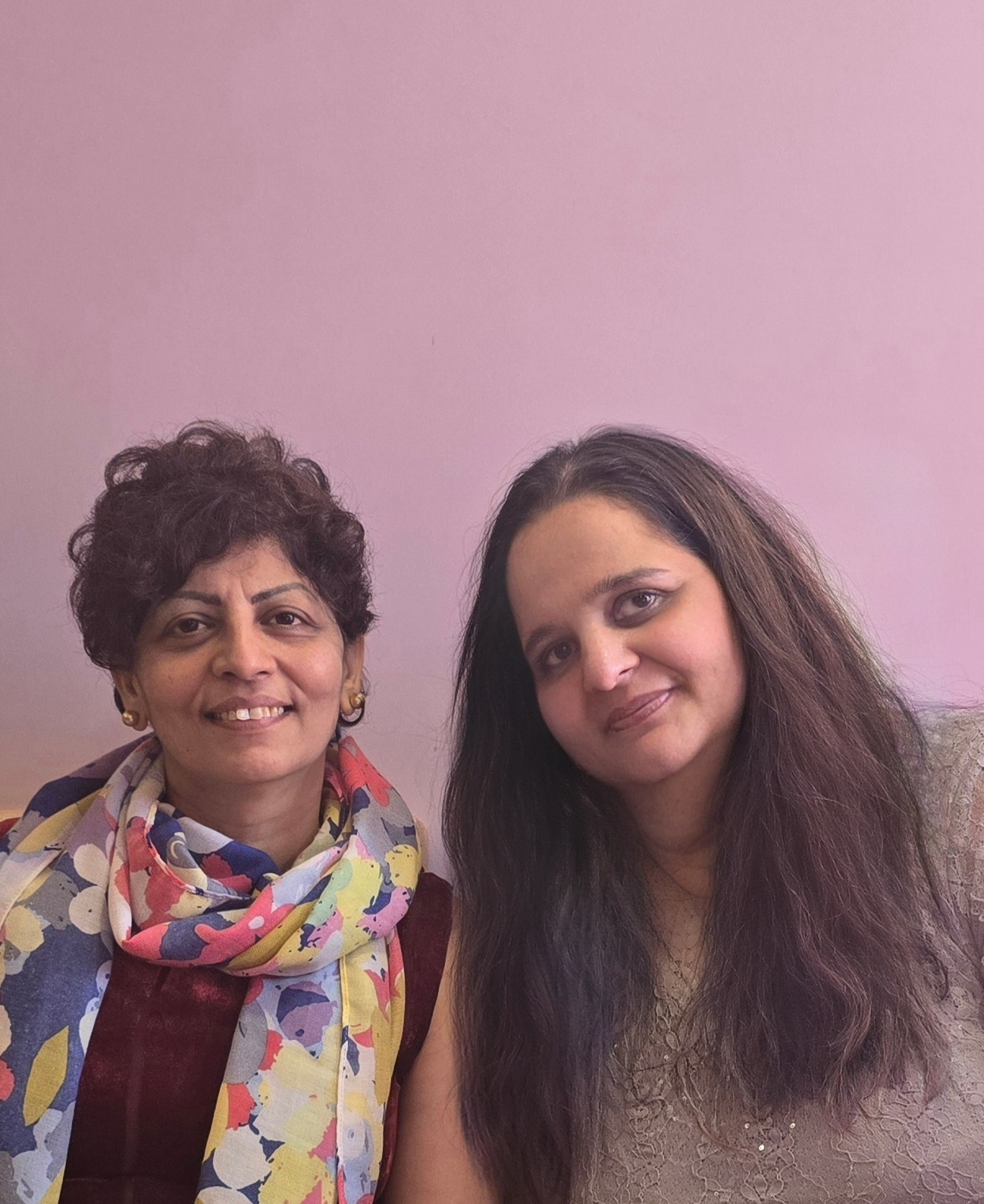Student Life & Early Careers Special: Content Genres
Auidences today consume a huge amount of audio visual content majorly accross Television / Film and OTT platforms. The business of story telling or each of the stories so to say has various appeals and each of these appeals are expected to make the audience feel the relevant emotion.
For example, horror is to create fear as an emotion, comedy to create laughter and the like. Success elements of a story are dependent on its genre or appeal in sync with the intended audience.
Some of the popular appeals in story telling are:
1.Horror: Horror is designed to frighten and to invoke our hidden worst fears, often in a terrifying, shocking finale, while captivating and entertaining us at the same timein a cathartic experience. Horror films feature a wide range of styles, from the earliest silent Nosferatu classic, to today's CGI monsters and deranged humans. They are often combined with science fiction when the menace or monster is related to a corruption of technology, or when Earth is threatened by aliens. The fantasy and supernatural film genres are not usually synonymous with the horror genre. There are many sub-genres of horror: Slasher, Teen terror, Serial killers, Satanic and Dracula amongst others
2.Crime: Crime (gangster) stories are developed around the sinister actions of criminals or mobsters, particularly bank robbers, underworld figures, or ruthless hoodlums who operate outside the law, stealing and murdering their way through life. Criminal and gangster films are often categorized as film noir or detective mystery films - because of underlying similarities between these cinematic forms. This also includes various 'serial killer' films
3. Comedy: Comedies are light-hearted plots consistently and deliberately designed to amuse and provoke laughter (with one-liners and jokes) by exaggerating the situation, the language, action, relationships and characters. This section describes various forms of comedy through cinematic history, including slapstick, screwball, spoofs and parodies, romantic comedies, black comedy (dark satirical comedy) and more
4. Drama: Dramas are serious, plot-driven presentations, portraying realistic characters, settings, life situations, and stories involving intense character development and interaction. Usually, they are not focused on special-effects, comedy, or action, Dramatic films are probably the largest film genre, with many subsets like dramatic biographical films (or "biopics") and 'adult' films (with mature subject content
5. Action : Action includes high energy, big-budget physical stunts and chases, possibly with rescues, battles, fights, escapes, destructive crises (floods, explosions, natural disasters, fires, etc.), non-stop motion, spectacular rhythm and
pacing, and adventurous, often two-dimensional 'good-guy' heroes (or recently, heroines) battling 'bad guys' - all designed for pure audience escapism.
Any thoughts or feedback, write to me on aditi.gosalia@gmail.com



Comments